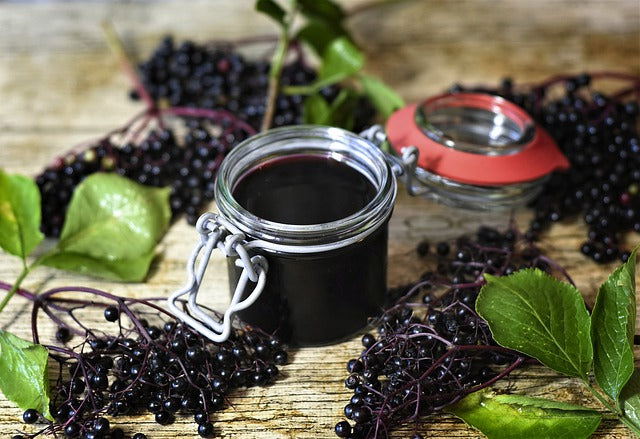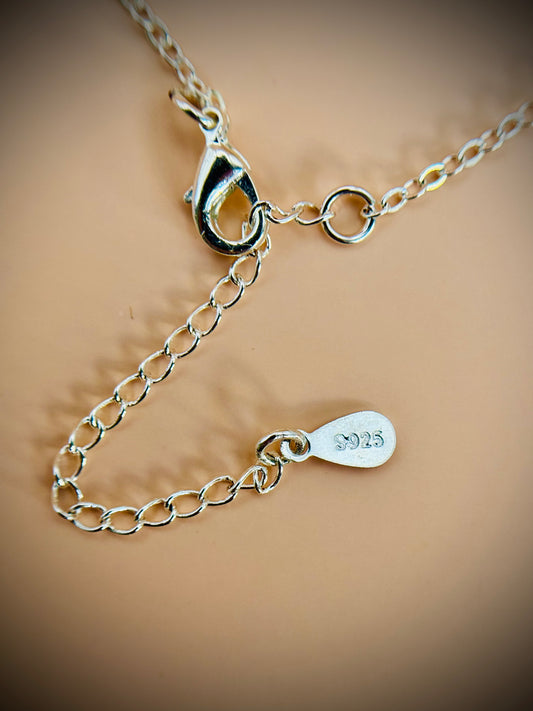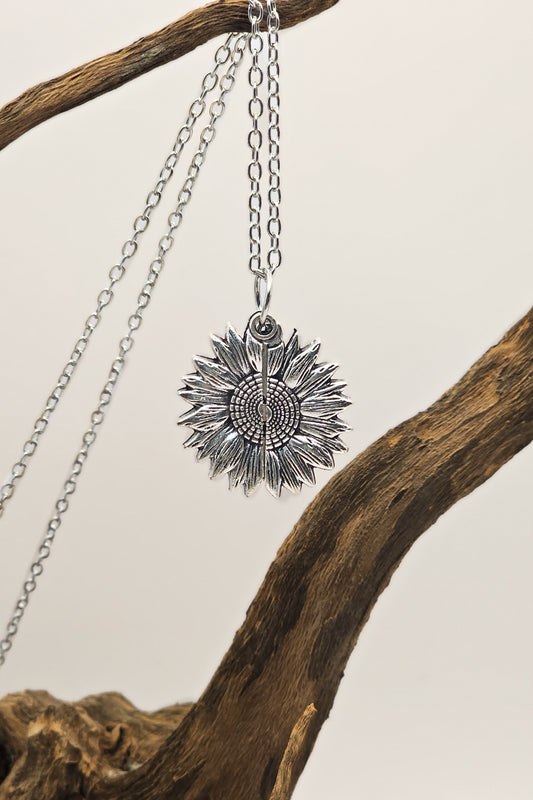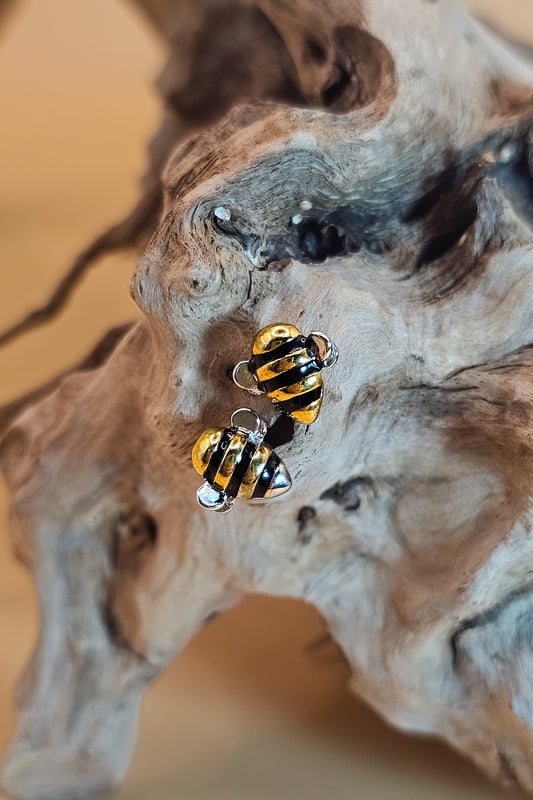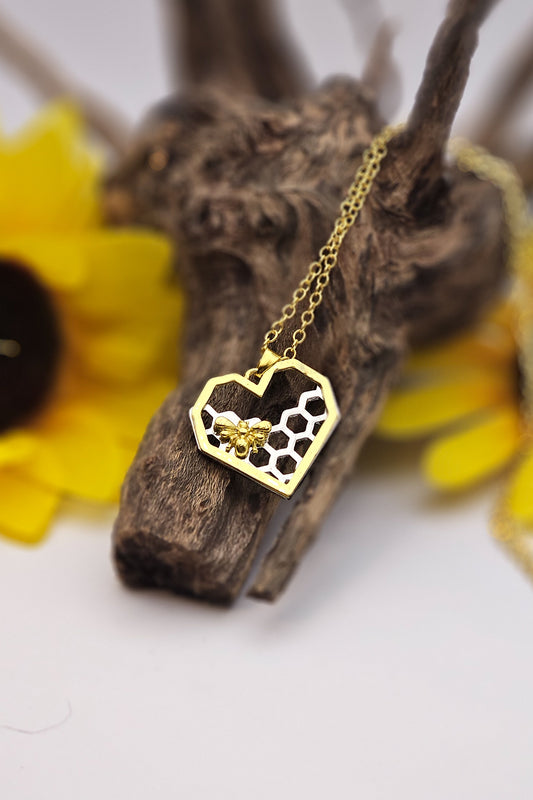Honey comes in so many subtle shades of gold, it is almost always different, depending on the colors and flavors of the many flowers that bees visit when they go foraging. Soil and weather would also factor into the equation, and possibly the type of bee since there are so many.
Most honeys lie within the shades of "honey" color from pale citrine to liquid gold to deep orange-amber.
In the southeastern USA, especially North and South Carolina, there is a rare honey. Some people refer to it as blue honey but it is usually called purple honey. According to the lucky people who have eaten it, purple honey tastes amazing!
Nobody knows how blue or purple honey is produced. It is such a random occurrence that it always comes as a surprise, even to experienced beekeepers.
As if that is not mysterious enough, it is also said that two hives next to each other can produce totally different colored honeys. One will be golden while the other is purple.
Scientists can’t agree on how purple honey originates.
This 5:55 minute long video has some interesting information.
Here are a few unproven theories we have found randomly in our search for more information.
Some people say purple honey may be due to honeybees foraging on the invasive kudzu.
Most purple honey comes from a specific area that includes the counties bordering on Fort Bragg so it may have something to do with the local soil’s mineral content.
Dr. Ambrose from NCSU has put forth the theory that the nectar from sourwood trees may be affected by the soil’s high aluminum content.
Summer titi flowers come in two colors, the black titi and the white titi. According to the University of Florida, the black titi is a favorite of beekeepers because it is rich in nectar and pollen and honeybees love it. White titi has been known to cause “purple brood” in the hive, which means honey bee larvae struggle in their early stages of development. Could the white titi have anything to do with the purple honey phenomena?
The last theory for now is whether the honey turns blue or purple due to deep colored fruits that are in close proximity to certain hives. These include huckleberries, blueberries, blackberries and elderberries. Bees favor blue and purple flowers, so it isn’t unreasonable to think they may gorge themselves on the dark purple fruits prevalent in summer in the wider area of the Carolinas where purple honey appears, as if by magic.
Maybe it doesn't matter what the process behind purple honey is. Maybe we just need to delight in knowing it exists and see purple honey as the treasure that it is!
If you have purple honey in your area of the world, or know what causes purple honey, please share the info with us all over on our Facebook page!

